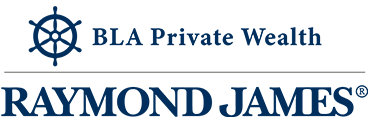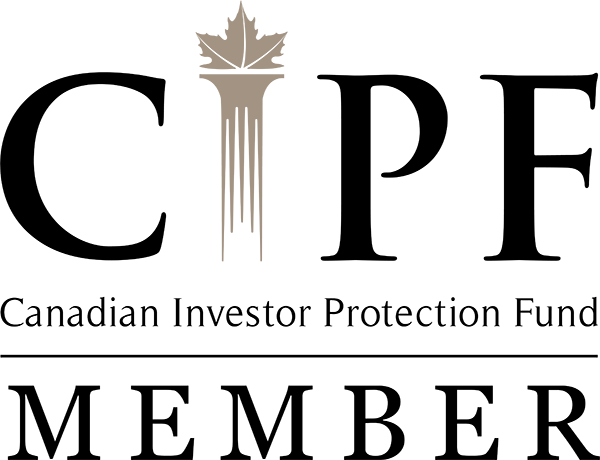New Tax-Free First Home Savings Account
What is the new tax-free first home savings account and how may I benefit from it?
With the soaring prices of real estate and amid the rapid decrease in home affordability, the Canadian government has decided to create a new savings mechanism, designed with first-time homebuyers in mind. As of April 1, 2023, eligible Canadian residents can open a First Home Savings Account, or FHSA Canadians will be able to save for a home purchase in a new and fiscally advantageous way. This article will provide you with basic knowledge of the FHSA and demonstrate how you could save for your upcoming home purchase.
FHSA at First Glance

A detailed overview
The tax-free First Home Savings Account will be, at its core, a cross between a Tax-Free Savings Account (TFSA), which provides for the tax-free growth of your investments, and a Registered Retirement Savings Plan (RRSP), which allows for tax-deductible contributions. The account will have a lifetime contribution limit of $40,000 and an annual contribution limit of $8,000. This means accountholders could contribute a maximum of $8,000 per year over a span of five years or $4,000 a year over a span of 10 years for example. This allows for flexibility in their cash flow, while having their funds grow tax-free and reducing their taxable income in doing so. Be advised, however, that the account must be closed within 15 years of its opening (whether you purchased a home or not).
As with other investment vehicles, the FHSA will allow the accountholder to decide which type of investments are held and for how long. Because the funds inside the FHSA will not be guaranteed when invested in stocks, mutual funds, ETFs or similar products, it would be reasonable to prefer investing in fixed income and cash assets over equity assets should the home purchase be a short-term goal (i.e., within five years). If, however, the goal appears to be more long-term, an individual may decide to prioritize equity assets and divest or reduce the portfolio risk over time, as the purchase nears.
The table below demonstrates the year-end value of maximum contributions made at the beginning of the year over a five-year period.
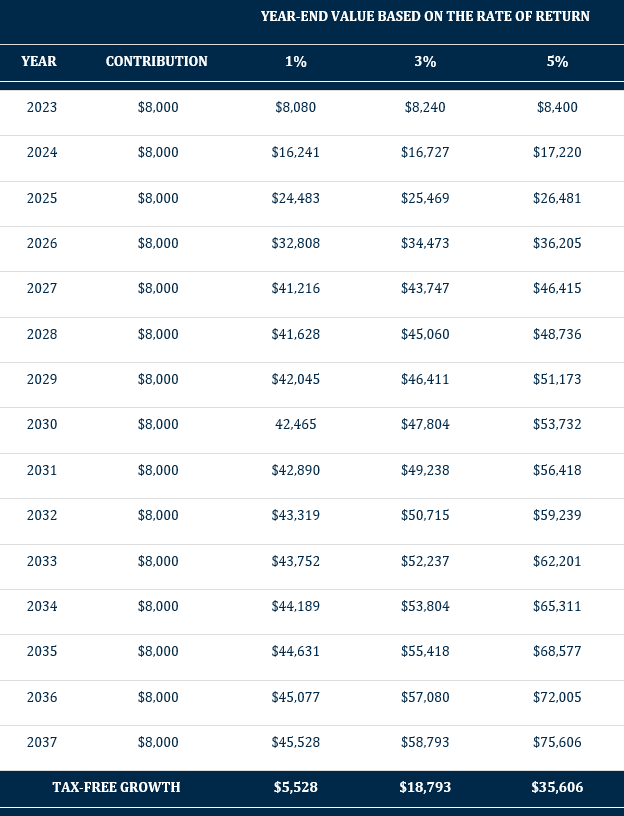
The FHSA’s purpose is to help first-time homebuyers accumulate a greater down payment; however, those who have not owned a home within the previous four years may open an account as well. Additional requirements include being a Canadian resident and at least 18 years of age. For example, a 25-year-old who is currently renting or living with their parents could open an account with the hopes of purchasing a home in the future. However, a similar 25-year-old who already owns a home cannot open an FHSA with the hopes of using the funds to purchase a second residence or to help their children buy their first home.
How to optimize savings when cash flow is limited
It is generally recommended that Canadians maximize savings into registered accounts (TFSA’s and RRSP’s) before investing in non-registered or cash accounts. The investment income earned in those accounts is not taxed, which would result in a greater amount of savings in the long-term. This would also be applicable to the new FHSA when it becomes available. Unfortunately, with a limited cash flow, especially at a younger age, most individuals will not be able to maximize all those accounts at once. With this in mind, how should they prioritize their savings?
An effective strategy that can allow t hose with limited dollars to save with the main goal of purchasing a home will be to prioritize contributions into an FHSA account. These contributions will decrease their taxable income, which in many cases will result in receiving a tax refund. Individuals could subsequently invest the tax refund into their TFSA. This would result in the multiplication of tax-free sources of a potential down payment. RRSP contributions could then be made in later years when a person is more advanced in their profession, earning a higher income and with saving for retirement as their new main financial goal. Furthermore, if the accountholder decides not to purchase a home, they could transfer the accumulated funds in their FHSA into their RRSP without affecting their overall contribution room.
The table below demonstrates the year-end value of $4,000 contributions made at the beginning of the year over a 10-year period.
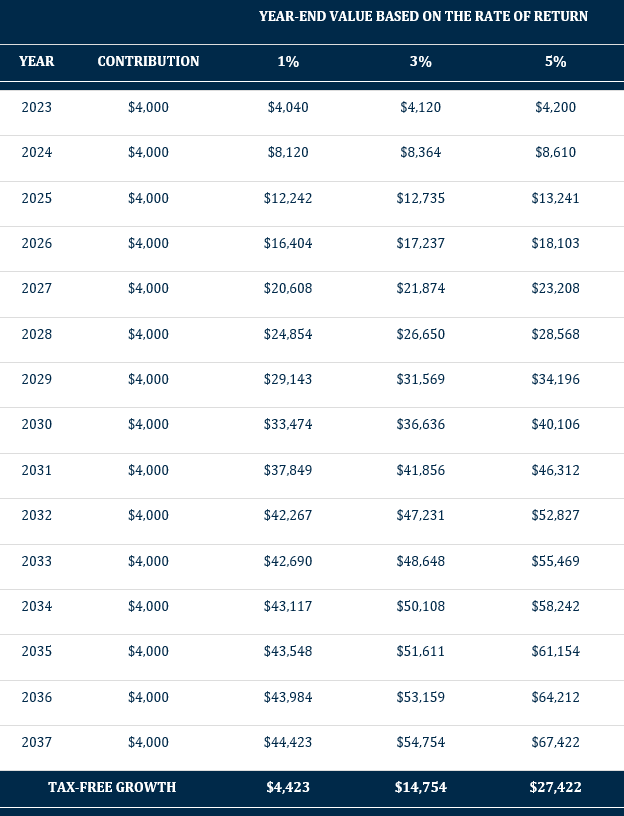
FHSA vs. HBP
The tax-free First Home Savings Account (FHSA) appears to be a more effective tool when compared to the Home Buyers’ Plan (HBP) within an individual’s RRSP, as it would allow for a higher amount to be withdrawn tax-free with no repayment requirements. The table below compares both strategies.
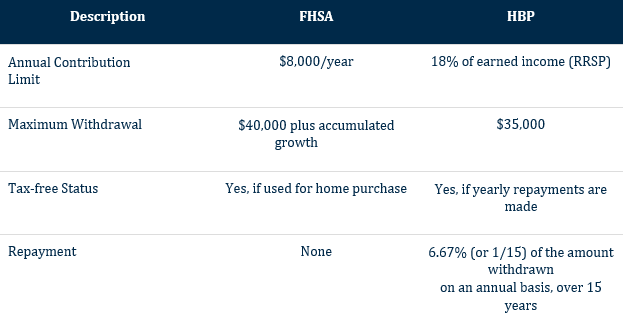
Contact us if you wish to learn more about the new tax-free First Home Savings Account.
This has been prepared by the Professional Wealth Advisory Group of Raymond James Ltd., (RJL). Statistics and factual data and other information are from sources RJL believes to be reliable, but their accuracy cannot be guaranteed. It is for information purposes only and is not to be construed as an offer or solicitation for the sale or purchase of securities nor is it meant to replace legal, accounting, taxation or other professional advice. We are not tax advisors, and we recommend that clients seek independent advice from a professional advisor on tax-related matters. The information is furnished on the basis and understanding that RJL is to be under no liability whatsoever in respect thereof. This is intended for distribution only in those jurisdictions where RJL and the author are registered. Securities-related products and services are offered through Raymond James Ltd., Member - Canadian Investor Protection Fund. Insurance products and services are offered through Raymond James Financial Planning Ltd., which is not a Member - Canadian Investor Protection Fund.
